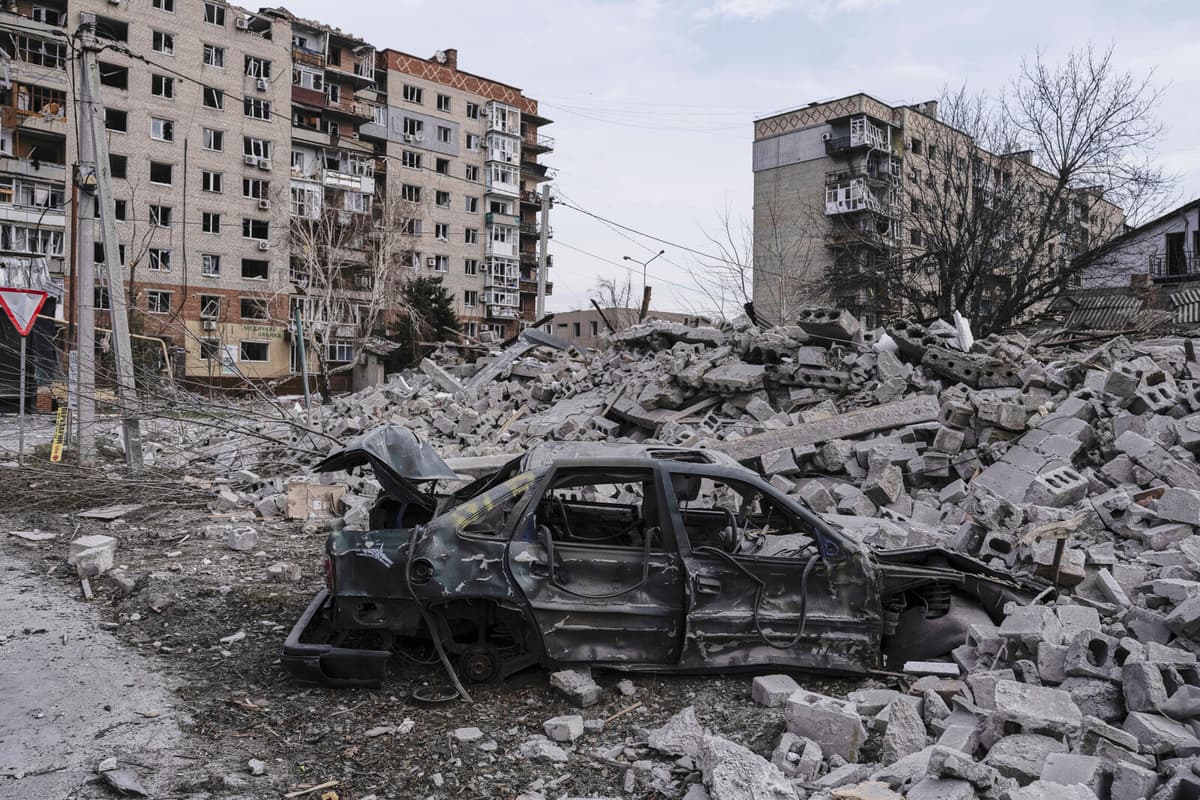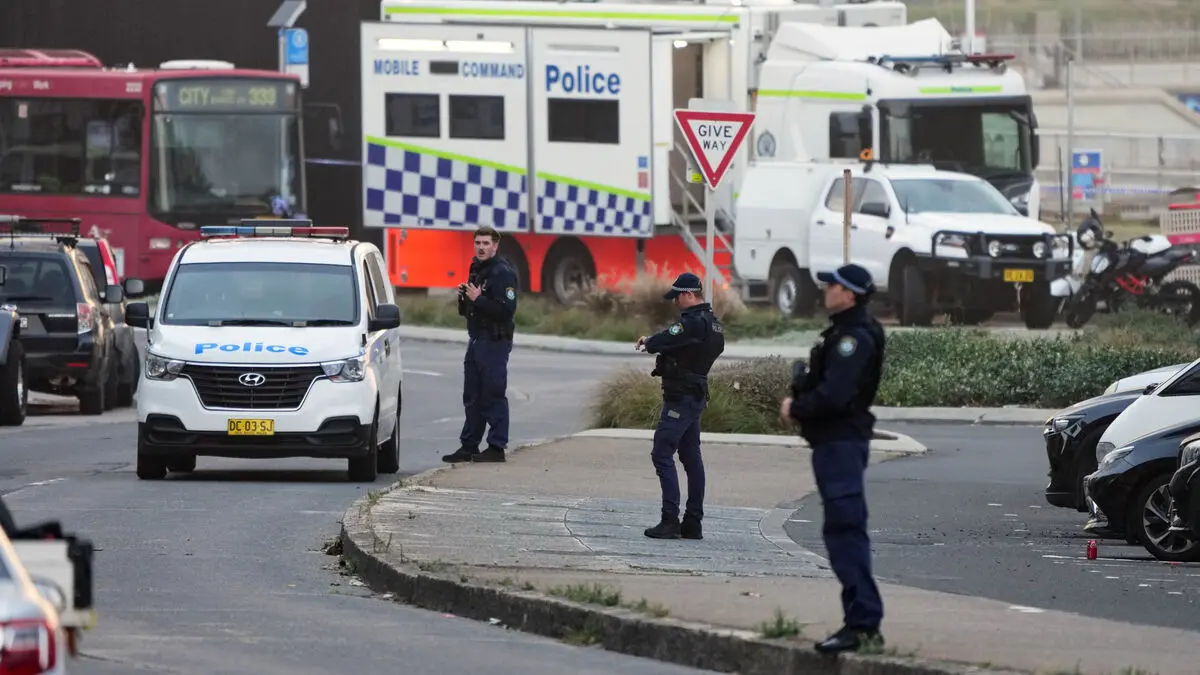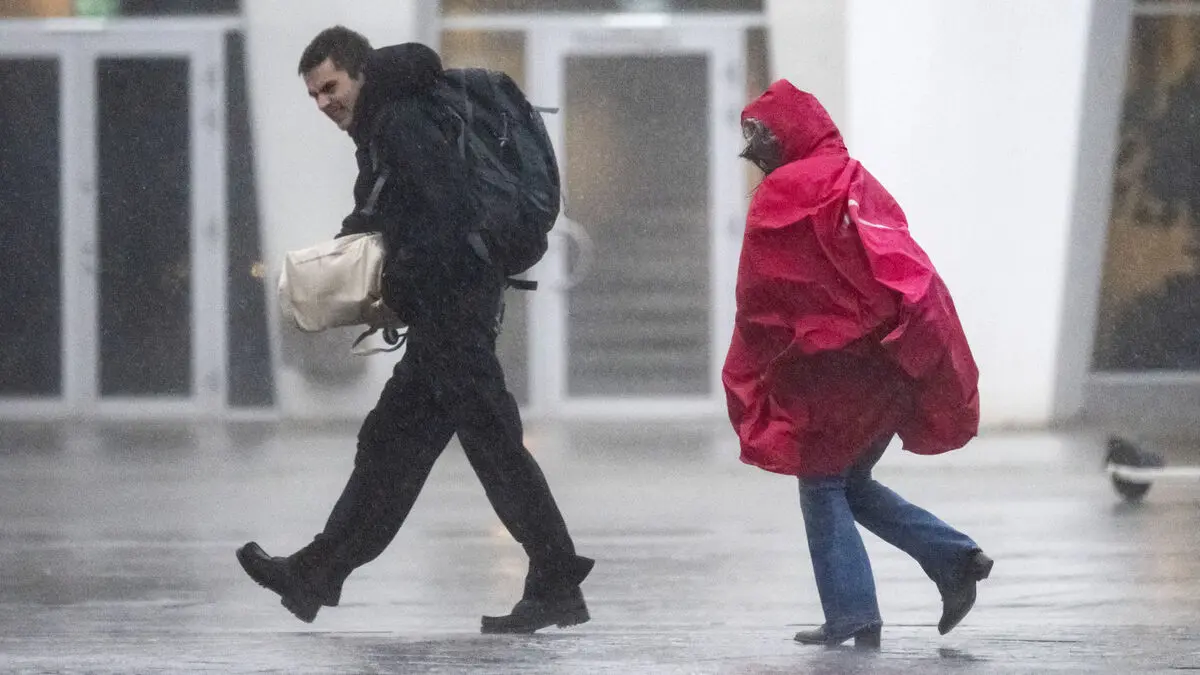Since last autumn, Russia has sent large numbers of soldiers towards the small town of Pokrovsk, which is located near the front line in eastern Ukraine and is held as a key stronghold for the Ukrainian defense there.
The Russians' intense attacks have stalled just outside the city, but their efforts have, according to many assessments, clearly escalated over the past few weeks – there and at several sections along the curved front line.
Ukraine's President Volodymyr Zelenskyj has repeatedly warned that a Russian spring offensive is imminent.
I can say that the president is absolutely right, and the offensive has in practice already begun, says the Ukrainian army chief Oleksandr Syrskyj in an interview with the news site LB, and adds that the Russian attacks have almost doubled in scope in less than a week.
Despite all the negotiations, we see how the intensity of their attacks is only increasing.
New drone tactics
Where Russia has the upper hand in terms of numbers of soldiers and equipment, Ukraine has held out thanks to adaptation and creative use of drones. Among other things, they have used drones to drop mines and keep opponents at a distance.
Will this approach solve Ukraine's mobilization and manpower problems in the long run? I'm not sure, but it's definitely buying Ukraine time for this year, says the Carnegie-affiliated war analyst Michael Kofman to New York Magazine.
According to him, Ukraine's offensive drone defense appears to have caused most of Russia's losses in recent times.
With that said, I don't know if the trends we've seen over the past few months will hold when Russian forces are likely to resume offensive operations in the spring and summer.
Trump is said to value
Russia's escalation and Ukraine's warnings come against the backdrop of the talks held with American mediation over the past few weeks. The latest bid is that the US is reassessing whether Russia is serious about its alleged peace intentions.
Voice in Ukraine unofficially tells several media outlets that the US's sudden shift has already caused them military setbacks, such as when they suddenly stopped receiving military intelligence a few weeks ago.
Shortly after, Russia broke through in the border region of Kursk, where Ukraine has controlled a small area since a counteroffensive last summer. Of that area, only a small strip remains today – but Ukraine said this week that they had made a breakthrough across the border a little further south.
Russia already in 2014 threw its weight behind paramilitary forces that took control of large parts of the regions of Luhansk and Donetsk in eastern Ukraine. Russian forces entered the Ukrainian Crimean Peninsula the same year, ahead of the country's illegal annexation of it.
When the large-scale war began in February 2022, Russian forces entered and took control of an area along the entire land border, as well as in a corridor where they approached the capital Kyiv.
Russia took control of the city of Mariupol in the south after a long and bloody siege, creating a land corridor of occupied territory that stretched to Crimea.
Ukraine's military struck back and early on repelled the invasion forces entirely in the north. That same year, Ukraine took back the entire region of Kharkiv in the northeast and a large part of Kherson in the south in successful counteroffensives.
Since then, the front line has only shifted marginally: Russia has advanced with small steps in the east, and both countries have made breakthroughs across the border in the northeast. In the late summer of 2024, Ukraine launched a surprise counteroffensive into Russian Kursk and took over an area there. In the spring of 2025, they have lost most of that area.





